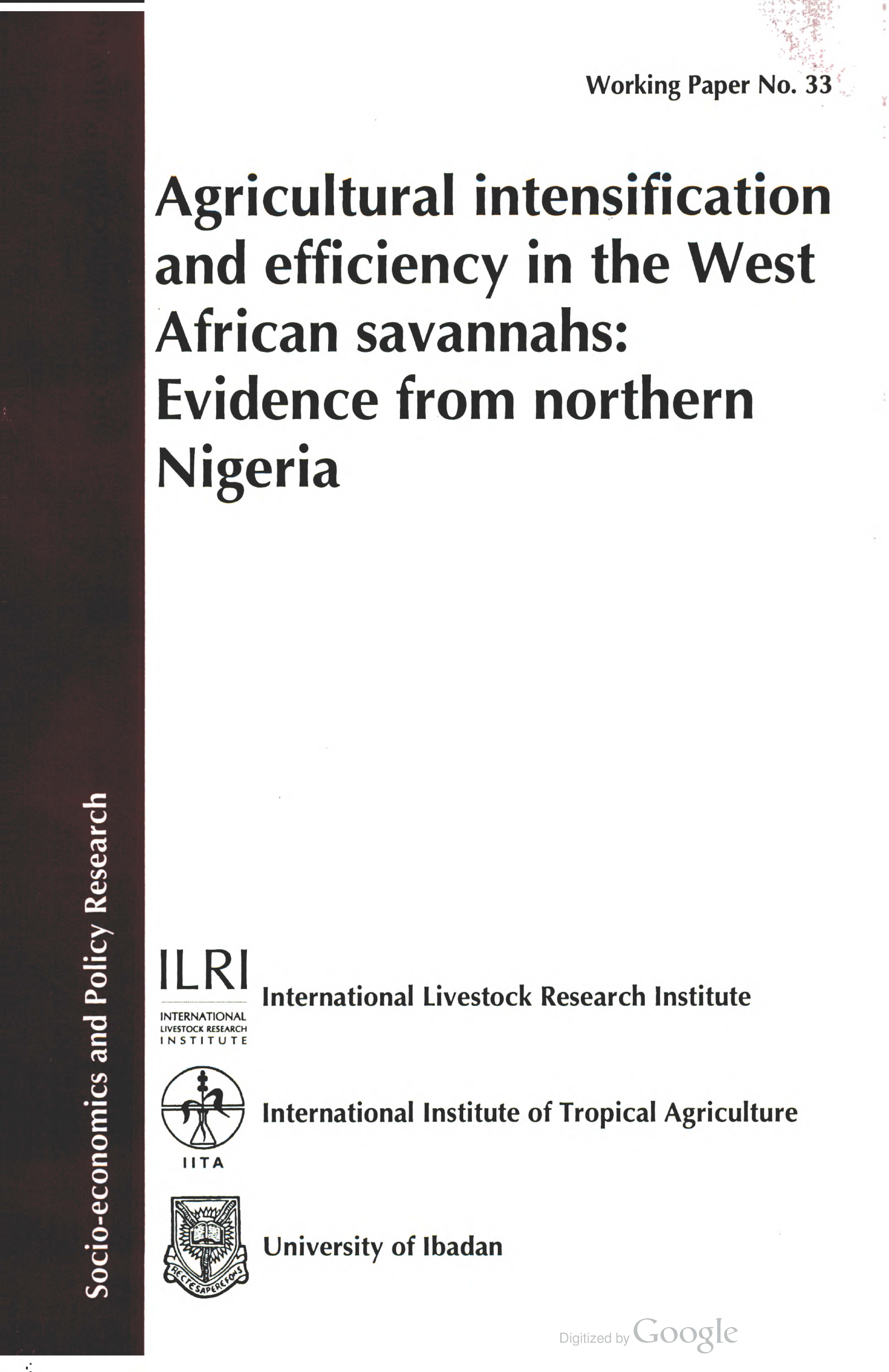Location
Vision, mission and strategy
ILRI's strategy 2013-2022 was approved in December 2012. It emerged from a wide processof consultation and engagement.
ILRI envisions... a world where all people have access to enough food and livelihood options to fulfil their potential.
ILRI’s mission is... to improve food and nutritional security and to reduce poverty in developing countries through research for efficient, safe and sustainable use of livestock—ensuring better lives through livestock.
ILRI’s three strategic objectives are:
- with partners, to develop, test, adapt and promote science-based practices that—being sustainable and scalable—achieve better lives through livestock.
- with partners,to provide compelling scientific evidence in ways that persuade decision-makers—from farms to boardrooms and parliaments—that smarter policies and bigger livestock investments can deliver significant socio-economic, health and environmental dividends to both poor nations and households.
- with partners,to increase capacity among ILRI’s key stakeholders to make better use of livestock science and investments for better lives through livestock.
This is ILRI’s second ten-year strategy. It incorporates a number of changes, many based on learning from the previous strategy (2000–2010, initially produced in 2000 and modified in 2002), an interim strategy (2011–2012) and an assessment of the external and internal environments in which the institute operates.
Members:
Resources
Displaying 906 - 910 of 1152ILRI 2000 2001. Deciphering the code of life to benefit the poor
Guide to field methods for comparative site analysis for the land use change, impacts and dynamics project
Economic analysis of cross-breeding programmes in sub-Saharan Africa: A conceptual framework and Kenyan case study
A conceptual framework for evaluating cross-breeding programmes in sub-Saharan Africa is developed based on a Kenyan case study. It depicts livestock production as a system where farm animals, plants, land and water are interlinked in particular ways and are also interlinked with the environment. Depending on the level of intensification and `modernisation', two livestock systems are defined. The first is the traditional livestock production system in which farm animals, plants, land and water are interlinked in a sustainable way with each component complementing the other.






